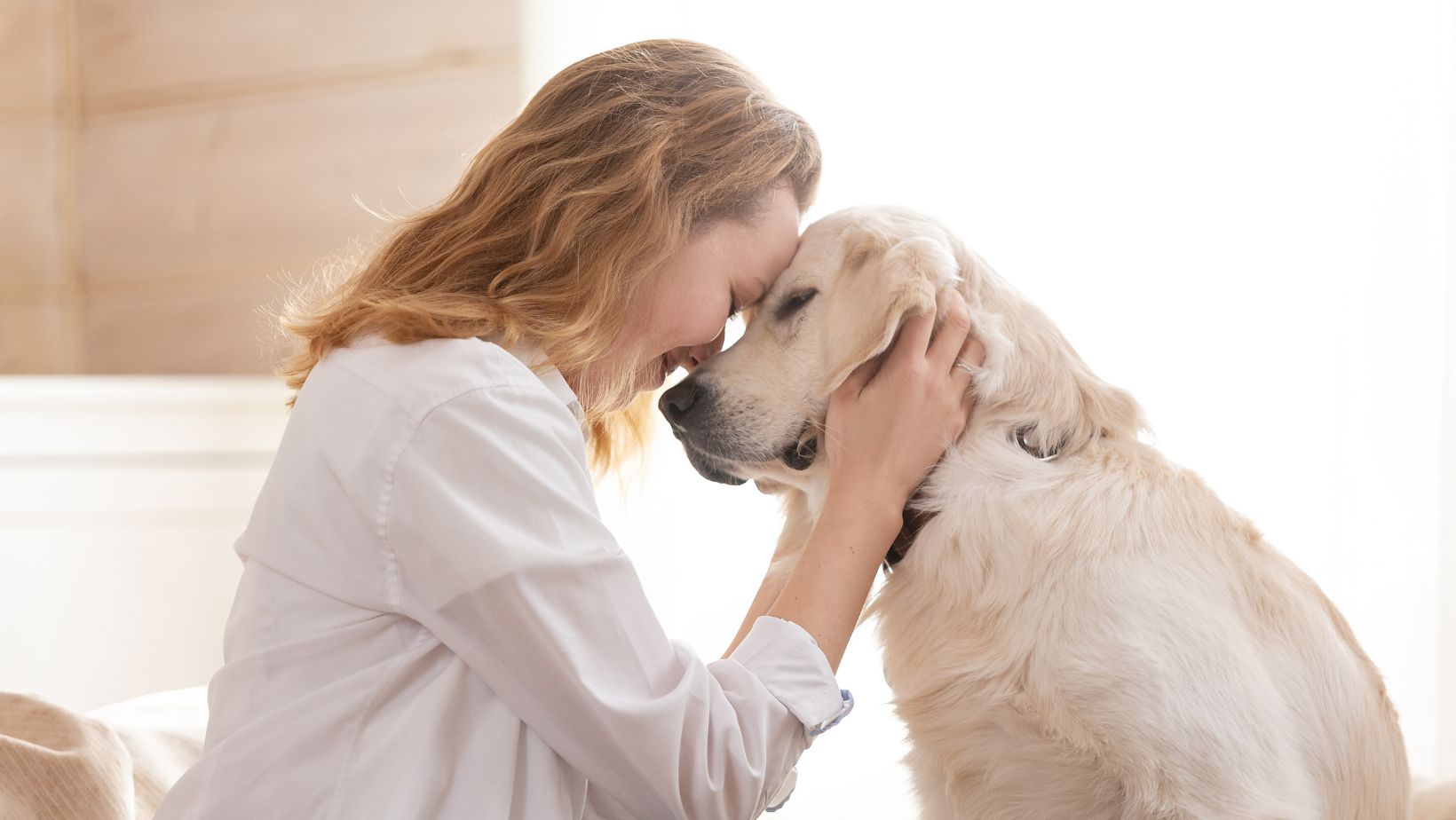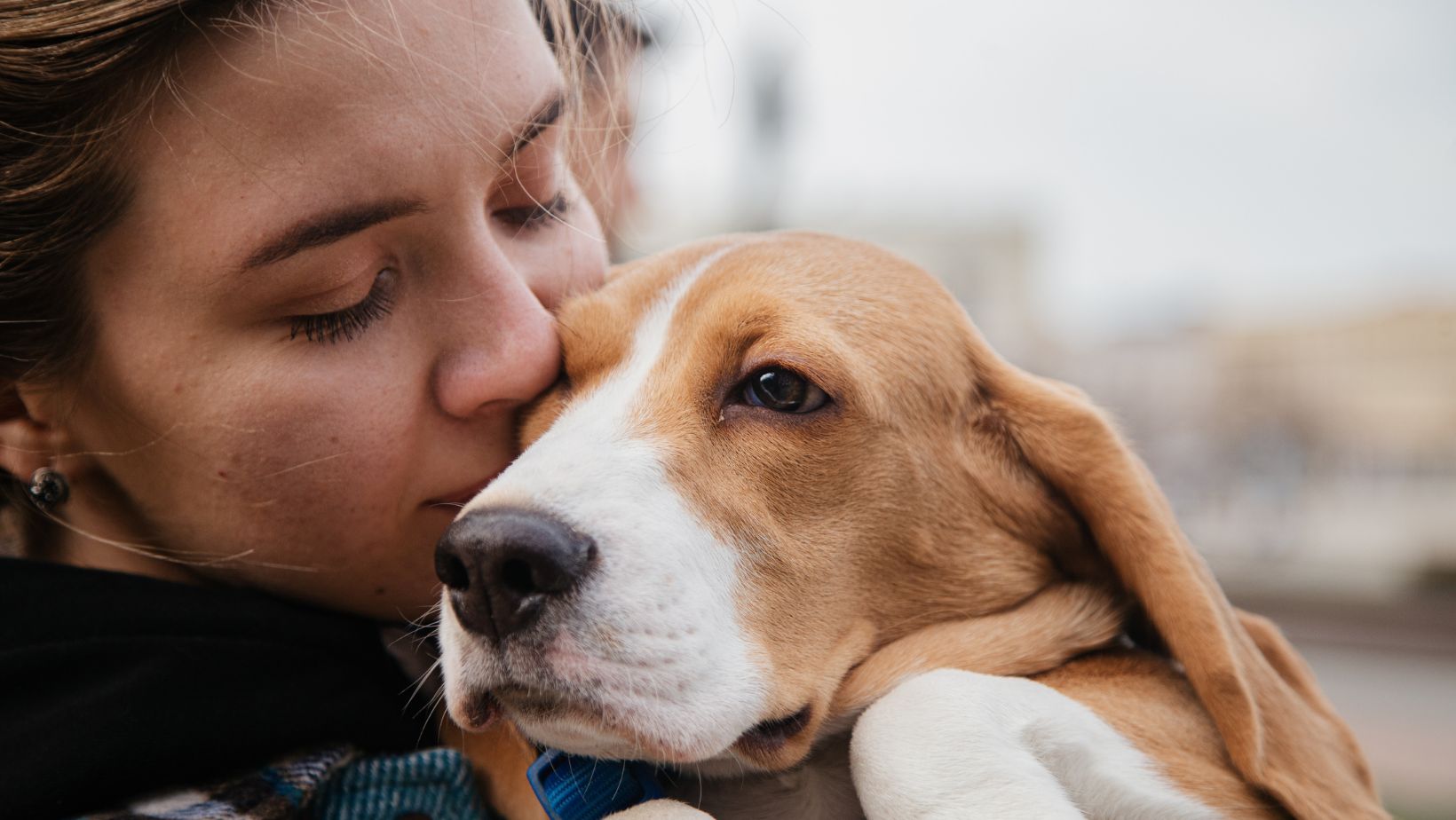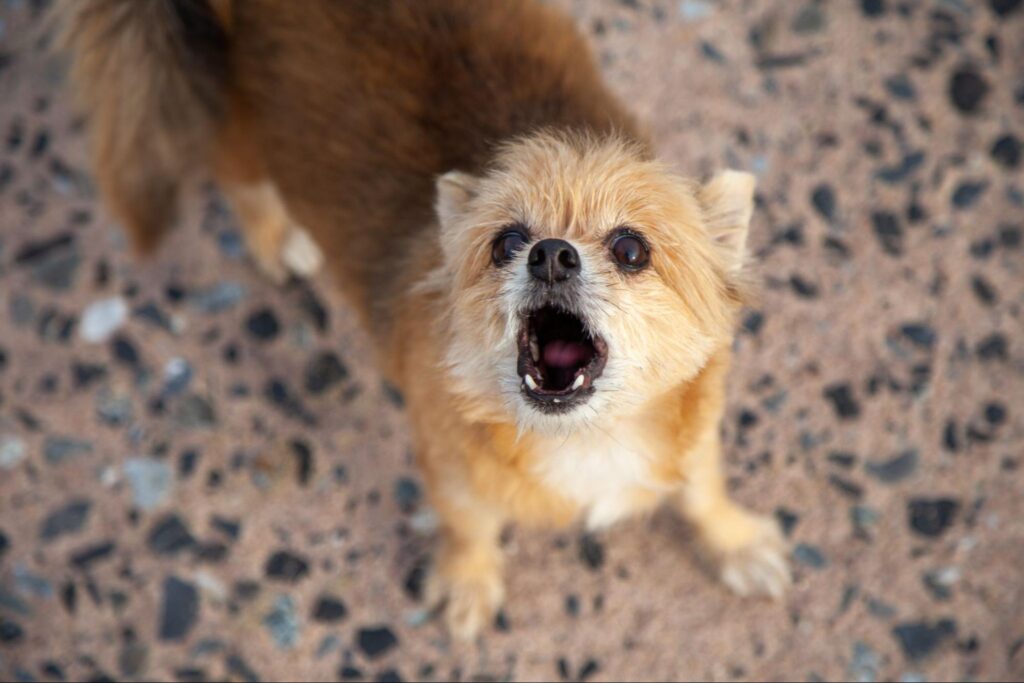We’ve all seen it – a small dog that wants to bark, growl, and defend their heart out against much larger and stronger opponents. Some dog breeds, like chihuahuas, are notorious for this type of behavior, and while some individuals may think their feisty small dog challenging larger dogs or even humans is entertaining, the reality is that small dog syndrome is dangerous for all involved.
Below, we give you an overview of small dog syndrome and details on how you can train your small dog to live a happier, healthier, and stress-free life.
What Is Small Dog Syndrome?
Small dog syndrome is the common term for a set of behavioral symptoms that small dogs can exhibit when they are not properly trained, their fear-based reactivity behaviors are ignored, or when their poor behavior is given positive reinforcement due to their small size and owners thinking the poor behavior is cute.
In general, small dog syndrome can boil down to small dogs with poor manners, a lack of socialization around other dogs and people, and out-of-control behavior that is not properly being dealt with. Many of the symptoms of small dog syndrome such as growling, lunging, and biting are not taken as seriously when a small dog exhibits them, especially when compared to a larger dog like a German shepherd doing the exact same things.
What Can Lead to Small Dog Syndrome?
There are several different factors that can lead to small dog syndrome, and this condition can be hard to deal with unless you can figure out the main cause of your dog’s issues. Typically, the following situations, or a combination of these situations, can lead to small dog syndrome:
- Ignoring fearful, reactive, or aggressive behavior due to the dog being small (some owners think it is “funny” or “cute”)
- Ignoring your dog’s boundaries and constantly picking them up or carrying them around
- Keeping your small dog away from other dogs or people, leading to a lack of socialization
- Not training your small dog or reinforcing bad behaviors with positive attention
- Treating your small dog like an accessory
With small dog syndrome, it’s important to imagine your dog as a much larger dog – would you tolerate them jumping on you, trying to steal food, or barking and lunging at others? If the answer is no, it’s time to start working on training and boundaries with your dog.
What Are Signs My Dog Has Small Dog Syndrome?
Signs that your dog has small dog syndrome include the following:
- Barking, growling, and lunging at other dogs, regardless of size or situation
- Constantly barking due to anxiety, feelings of excitement, fear, or due to making demands of their owner
- Jumping on people or constantly begging for attention
- Constantly begging for food and chasing others away from their food
- Guarding their toys, food, and humans to the extreme; barking, biting, and growling at others they perceive as trying to take their toys, humans, or food
- Disregarding rules and completely ignoring commands; doing whatever they want inside and outside the home without regard

It’s important to note that dogs with small dog syndrome are often miserable, as this condition leads to high stress, fearful or anxious behavior, and a general lack of happiness. Treating small dog syndrome and helping your dog adjust their behavior is beneficial for both you and your dog.
Fixing Small Dog Syndrome: What to Know
Many owners who realize their dog has small dog syndrome don’t quite know where to start when it comes to correcting this behavior. However, it is fairly simple to start the process of correcting your dog’s behavior and helping them become a more well-adjusted and happy pup.
To start the process of fixing small dog syndrome, you should start with consistent training lessons that utilize positive reinforcement techniques. Work on simple and basic commands and then work up to more complex tasks as you build a bond with your dog and establish yourself as the leader. It can take a lot of patience and consistency to get your dog to start listening to you this effort will pay off as your dog becomes more accustomed to training and starts to learn more quickly.
You can consult with a professional dog trainer if you need advice or tips on how to help your dog with any reactive or aggressive behavior. Putting boundaries in place and following structure throughout your dog’s day is one of the best ways to help them acclimate to their new normal and fix small dog syndrome.
Helping Your Small Dog Thrive
While small dogs are adorable to many, and some may even think it’s funny when a small dog routinely misbehaves or goes up against a larger opponent, small dog syndrome can be incredibly dangerous. When your small dog tries to attack or boss around larger dogs, there is a great risk of them being injured. Similarly, your small dog can injure others when they bite, growl, or attack without being properly disciplined for poor behavior.

The best way to help your small dog thrive is to train them properly and work to mitigate the causes of small dog syndrome. According to the training experts at Dog Academy, Your small dog will be much happier as part of a pack with firm leadership from you, their human, and they will also be much safer as a result.



